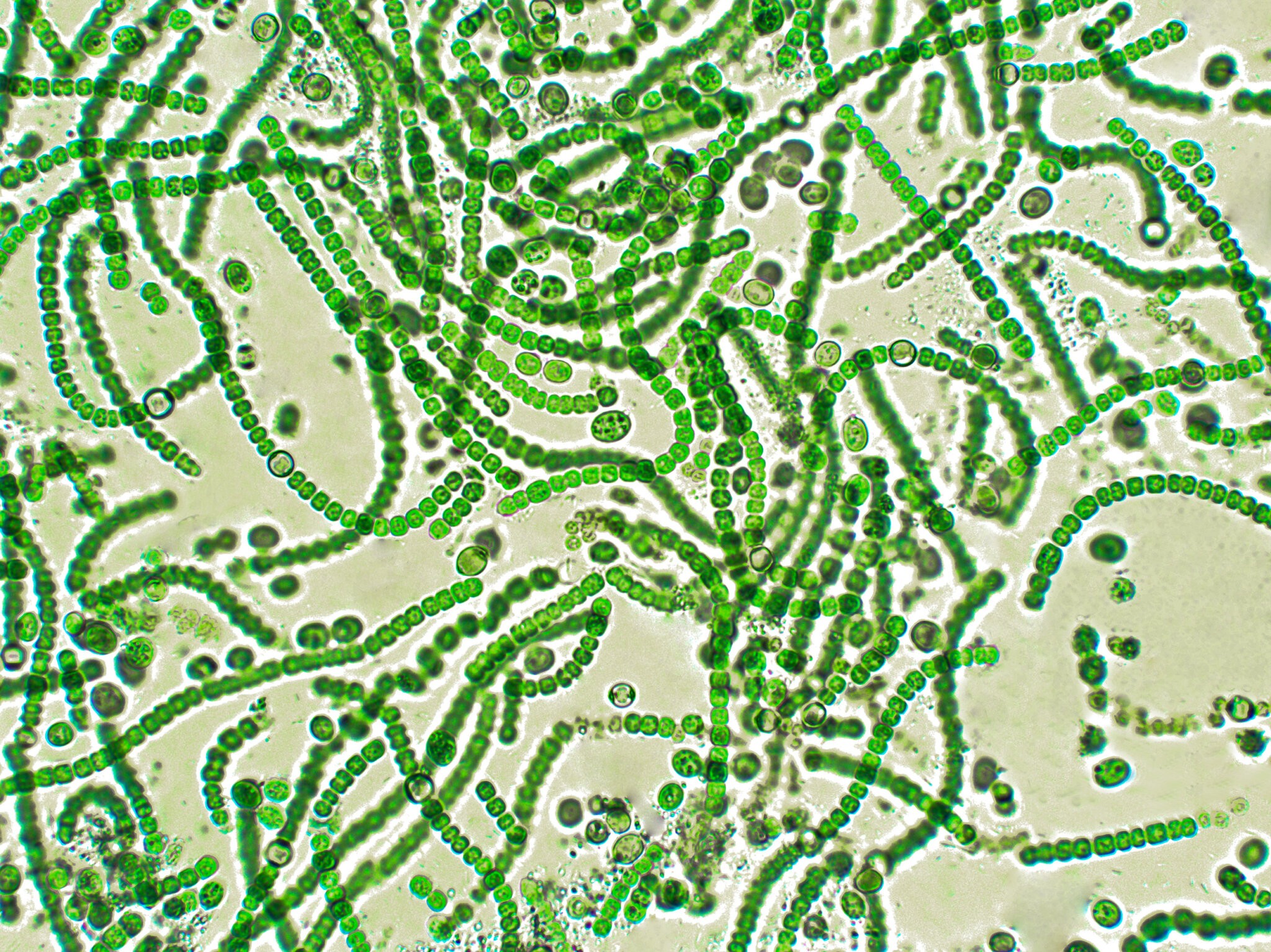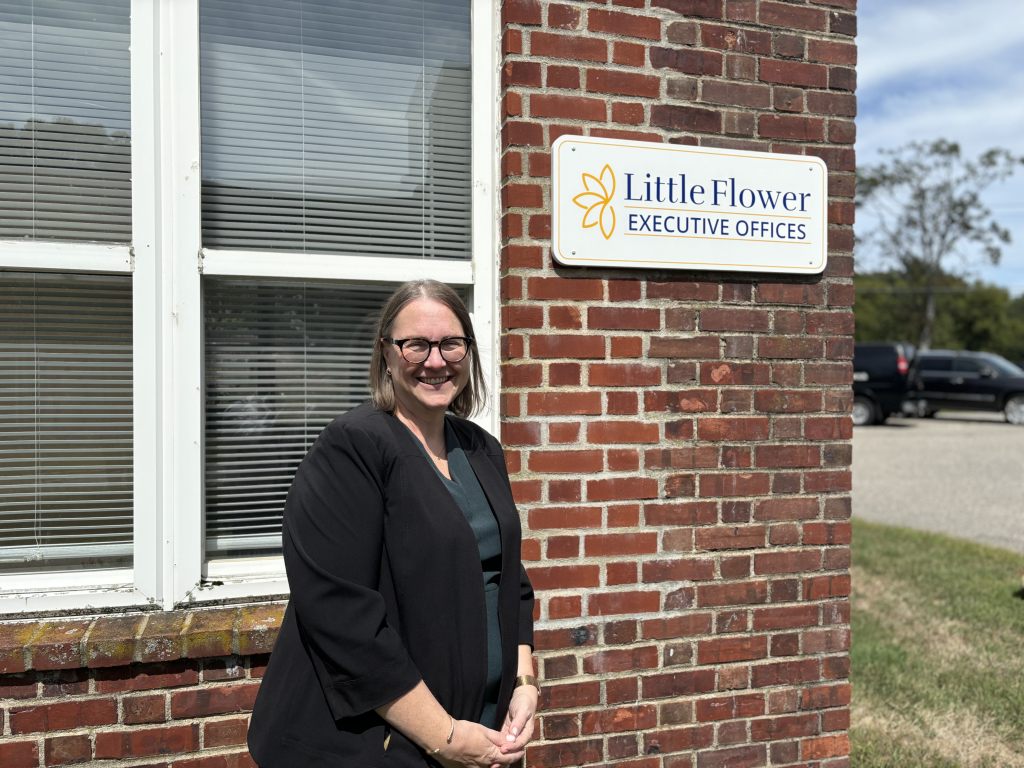Cyanobacteria Bloom Found in Wainscott Pond

Stony Brook University officials confirmed the presence of new cyanobacteria blooms, also known as blue-green algae, in Wainscott Pond after analyzing surface water samples.
Cyanobacteria blooms can be harmful to humans and animals as they can produce toxins that affect the liver, nerves, and skin. Health officials ask residents not to use or swim in these waters and to keep their children and pets away from the area.
Although blue-green algae are naturally present in lakes and streams in low numbers, they can become widespread, forming blooms in shades of green, blue-green, yellow, brown, or red. According to the New York State Department of Environmental Conservation (DEC), cyanobacteria can form under certain conditions, like adequate nutrient (e.g., phosphorous and nitrogen) availability, warm temperatures and calm winds. They sometimes produce floating scums on the surface of the water or may cause the water to take on a paint-like appearance.
It is unknown how long these blooms will last, but the DEC warns that they can last only a few hours or may persist for several weeks or more.
For the safety of the community, residents are advised to steer clear of waters that look frothy or discolored. If contact does occur, experts advise rinsing off with clean water immediately. Seek medical attention if any of the following symptoms occur after contact: nausea, vomiting, or diarrhea; skin, eye, or throat irritation; or allergic reactions or breathing difficulties.









